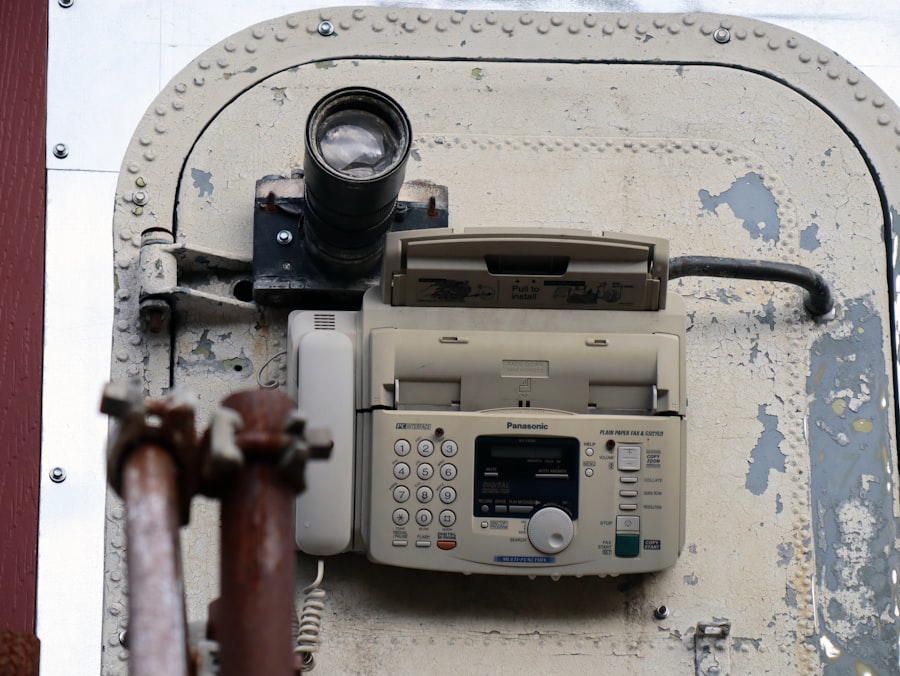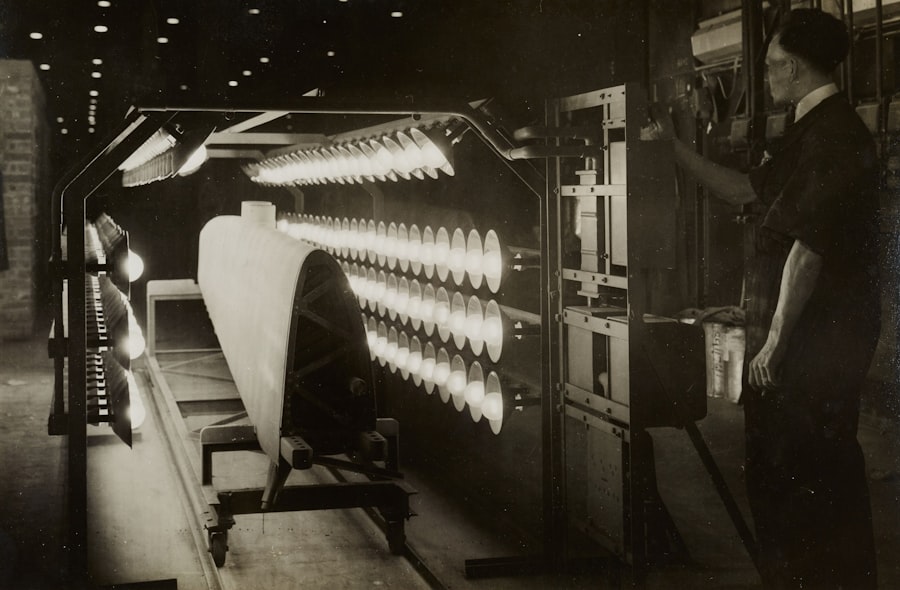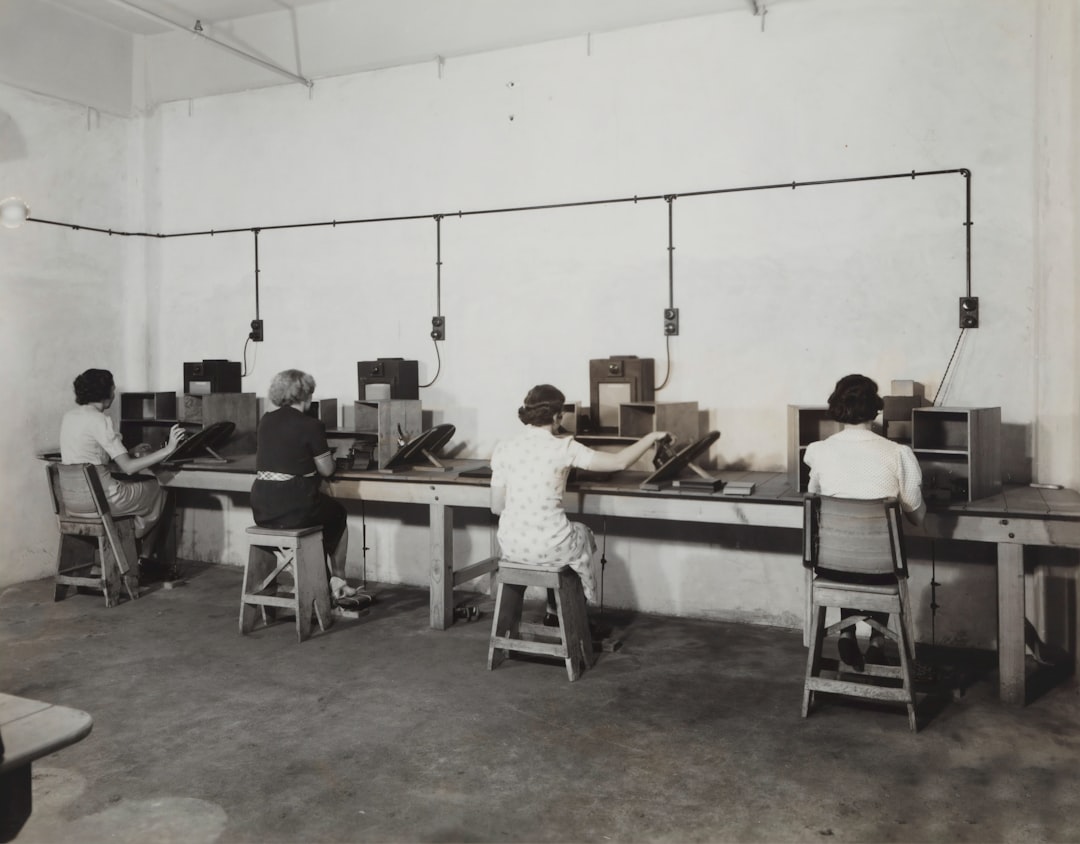As you delve into the annals of history, you will find that World War II was not just a conflict of nations but also a battleground for technological innovation. The war catalyzed advancements that would shape military strategy and civilian life for decades to come. From the development of radar to the creation of the atomic bomb, the technologies birthed during this tumultuous period were revolutionary.
You may be surprised to learn that many of these innovations were born out of necessity, as nations raced against time to gain an upper hand over their adversaries. The urgency of war often leads to breakthroughs that might otherwise take years or even decades to develop. The technological landscape of World War II was marked by a spirit of ingenuity and resourcefulness.
Scientists, engineers, and military strategists collaborated in unprecedented ways, pushing the boundaries of what was possible. As you explore the various technological advancements from this era, you will see how they not only influenced the outcome of the war but also laid the groundwork for future innovations in various fields. The legacy of World War II technology continues to resonate today, reminding us of the profound impact that conflict can have on human progress.
Key Takeaways
- Revolutionary World War 2 technology paved the way for modern warfare advancements.
- Radar and sonar had a significant impact on naval warfare, allowing for improved detection and targeting of enemy vessels.
- Codebreaking machines played a crucial role in the Allied victory by decrypting enemy communications and providing valuable intelligence.
- The development of the atomic bomb had far-reaching consequences, changing the nature of warfare and international relations.
- Aircraft technology evolved rapidly during World War 2, leading to the development of faster and more powerful planes with greater combat capabilities.
The Impact of Radar and Sonar on Naval Warfare
When you think about naval warfare during World War II, radar and sonar stand out as game-changers that transformed how battles were fought at sea. Radar technology allowed ships and aircraft to detect enemy vessels and incoming attacks from great distances, significantly enhancing situational awareness. This capability was particularly crucial during pivotal battles such as the Battle of Britain and the Battle of Midway, where early detection often meant the difference between victory and defeat.
You can imagine how this technology shifted the balance of power, allowing forces to anticipate enemy movements and respond more effectively. Sonar, on the other hand, revolutionized underwater warfare by enabling ships to detect submarines lurking beneath the surface. As you consider the strategic implications of sonar, it becomes clear that it played a vital role in countering the threat posed by German U-boats in the Atlantic.
The ability to locate and track submarines allowed Allied forces to protect vital supply lines and maintain their naval dominance. Together, radar and sonar not only enhanced naval tactics but also underscored the importance of technological superiority in modern warfare.
The Role of Codebreaking Machines in Allied Victory

As you explore the intricacies of World War II, you will discover that intelligence and information warfare were just as crucial as traditional combat. Codebreaking machines, particularly those developed by British cryptanalysts at Bletchley Park, played a pivotal role in deciphering enemy communications. The most famous of these machines was the Bombe, designed to crack the Enigma code used by German forces.
By breaking these codes, you can see how the Allies gained invaluable insights into enemy plans and movements, allowing them to make informed strategic decisions. The impact of codebreaking extended beyond mere intelligence gathering; it fundamentally altered the course of the war. For instance, the successful decryption of German messages provided critical information during key operations such as D-Day.
You might find it fascinating that this intelligence not only saved countless lives but also contributed to the overall success of Allied forces in Europe. The legacy of these codebreaking efforts is a testament to the power of information in warfare and highlights how technological advancements can shift the tide in favor of those who harness them effectively.
The Development of the Atomic Bomb and its Consequences
One of the most significant technological advancements during World War II was undoubtedly the development of the atomic bomb. As you delve into this topic, you will encounter a complex interplay of science, ethics, and military strategy. The Manhattan Project brought together some of the brightest minds in physics and engineering, culminating in a weapon that would forever change the nature of warfare.
The decision to use atomic bombs on Hiroshima and Nagasaki in 1945 marked a turning point not only in the war but also in global politics. The consequences of deploying atomic bombs were profound and far-reaching. You may grapple with the moral implications of such a devastating weapon, as it resulted in immense loss of life and suffering.
However, proponents argue that it ultimately hastened Japan’s surrender and brought an end to the war, potentially saving millions of lives that would have been lost in a protracted conflict. As you reflect on this duality, consider how the atomic bomb has shaped international relations and military strategy in the decades since, leading to an ongoing discourse about nuclear proliferation and deterrence.
The Evolution of Aircraft Technology in World War 2
Aircraft technology underwent remarkable evolution during World War II, fundamentally altering aerial combat and reconnaissance capabilities. As you examine this transformation, you’ll notice how advancements in design, speed, and armament allowed for more effective air operations. Fighters like the Supermarine Spitfire and the P-51 Mustang became symbols of air superiority, showcasing innovations such as improved aerodynamics and powerful engines that enabled them to outperform their adversaries.
Moreover, bombers like the B-29 Superfortress introduced long-range capabilities that changed strategic bombing campaigns. You can appreciate how these aircraft not only targeted military installations but also civilian infrastructure, reflecting a shift toward total war where no one was truly safe from aerial bombardment. The evolution of aircraft technology during this period laid the groundwork for modern air forces and continues to influence military aviation today.
The Importance of Tanks and Armored Vehicles in Land Warfare

As you explore land warfare during World War II, tanks and armored vehicles emerge as critical components that reshaped battlefield dynamics. The introduction of more powerful tanks with enhanced armor and firepower allowed for greater mobility and effectiveness in combat scenarios. You might find it intriguing how innovations like sloped armor improved protection while maintaining speed, enabling tanks to engage effectively while minimizing vulnerability.
The role of armored divisions became increasingly prominent as they spearheaded offensives across Europe and North Africa. You can see how tactics evolved to incorporate combined arms operations, where infantry, artillery, and air support worked in concert with armored units to achieve strategic objectives.
The Use of Propaganda and Psychological Warfare
In addition to physical confrontations on battlefields, World War II saw an extensive use of propaganda and psychological warfare aimed at influencing public opinion and morale. As you delve into this aspect, you’ll discover how both Axis and Allied powers employed various media—posters, films, radio broadcasts—to shape narratives about their enemies while bolstering their own resolve. You may find it fascinating how propaganda served not only as a tool for recruitment but also as a means to demonize opponents and justify wartime actions.
Psychological warfare extended beyond mere messaging; it involved tactics designed to instill fear or confusion among enemy troops. Operations like Operation Fortitude aimed to mislead German forces about Allied intentions prior to D-Day, showcasing how deception played a crucial role in military strategy. As you reflect on these efforts, consider how they highlight the importance of perception in warfare—an element that remains relevant in contemporary conflicts where information dominance is often as critical as physical strength.
The Innovation of Medical Technology on the Battlefield
World War II also spurred significant advancements in medical technology that had lasting impacts on battlefield care and civilian medicine alike.
The widespread use of these drugs dramatically reduced mortality rates among wounded soldiers, showcasing how medical advancements can directly influence survival outcomes in war.
Additionally, techniques such as blood transfusions and surgical practices evolved rapidly during this period due to necessity. You might find it compelling how field hospitals became more sophisticated, incorporating triage systems that prioritized care based on injury severity. These innovations not only saved lives during the war but also laid the foundation for modern emergency medicine practices that continue to benefit society today.
The Influence of Communications and Encryption Devices
Effective communication is vital in any military operation, and World War II saw significant advancements in communication technologies that enhanced coordination among forces. As you examine this aspect, you’ll discover how devices like two-way radios transformed battlefield communication by allowing commanders to relay orders quickly and efficiently across vast distances. This capability was crucial for coordinating complex operations involving multiple units.
Encryption devices also played a pivotal role in securing communications from enemy interception. The use of devices like the SIGABA machine by American forces ensured that sensitive information remained confidential, safeguarding operational plans from prying eyes. As you reflect on these developments, consider how they underscore the importance of secure communication in warfare—a principle that remains relevant in today’s digital age where cyber threats pose new challenges.
The Advancements in Rocket and Missile Technology
The technological advancements made in rocket and missile technology during World War II laid the groundwork for future space exploration and military capabilities. As you explore this topic, you’ll encounter innovations such as Germany’s V-2 rocket—the world’s first long-range guided ballistic missile—which represented a significant leap forward in weaponry. This technology not only demonstrated new possibilities for warfare but also sparked interest in rocketry that would later fuel space exploration efforts.
The development of guided missiles also began during this period, showcasing early attempts at precision targeting that would evolve into modern missile systems capable of striking specific targets with remarkable accuracy. You might find it intriguing how these advancements influenced post-war military strategies and contributed to an arms race during the Cold War era—a legacy that continues to shape global security dynamics today.
The Legacy of World War 2 Technology in Modern Warfare
As you reflect on the technological innovations born out of World War II, it’s essential to recognize their enduring legacy in shaping modern warfare. Many concepts developed during this time—such as combined arms operations, advanced aircraft design, and secure communications—remain integral to contemporary military strategies worldwide. You may find it fascinating how lessons learned from this conflict continue to inform defense policies and technological investments today.
Moreover, the ethical considerations surrounding technologies like nuclear weapons have led to ongoing debates about arms control and disarmament efforts aimed at preventing future conflicts from escalating into catastrophic wars. As you contemplate these issues, consider how World War II serves as both a cautionary tale and a source of inspiration for future generations striving for peace while navigating an increasingly complex global landscape shaped by technological advancements. In conclusion, your exploration of World War II technology reveals a rich tapestry woven from innovation, strategy, and ethical dilemmas that continue to resonate today.
Each advancement not only influenced the course of history but also laid foundations for future developments across various fields—reminding us that even amidst conflict, human ingenuity can lead to remarkable progress.
The documentary on World War II technology provides a fascinating insight into the innovations and advancements that played a crucial role during the war. For those interested in delving deeper into this topic, a related article can be found on the Hey Did You Know This website. This article explores various technological breakthroughs and their impact on the war’s outcome. To read more about these intriguing developments, visit the article by clicking on this link.
FAQs
What is the documentary about?
The documentary focuses on the technological advancements and innovations that emerged during World War II, showcasing the impact of these developments on the outcome of the war.
What specific technologies are covered in the documentary?
The documentary covers a wide range of technologies, including but not limited to, radar, sonar, encryption machines, aircraft, tanks, submarines, and the development of the atomic bomb.
How does the documentary explore the impact of these technologies?
The documentary delves into the ways in which these technologies revolutionized warfare, changed the course of the war, and influenced the post-war technological landscape.
What historical context does the documentary provide?
The documentary provides historical context by examining the socio-political climate of the time, the strategies and tactics employed by different nations, and the key figures involved in the development and deployment of these technologies.
Where can the documentary be viewed?
The documentary may be available for viewing on various streaming platforms, television networks, or through purchase as a DVD or digital download.
